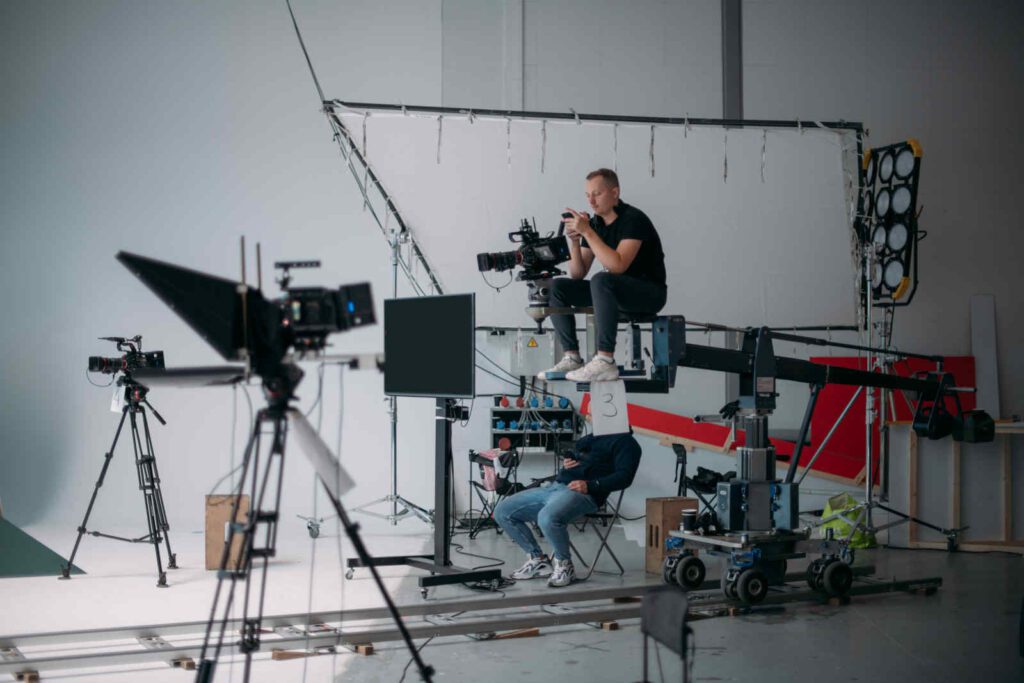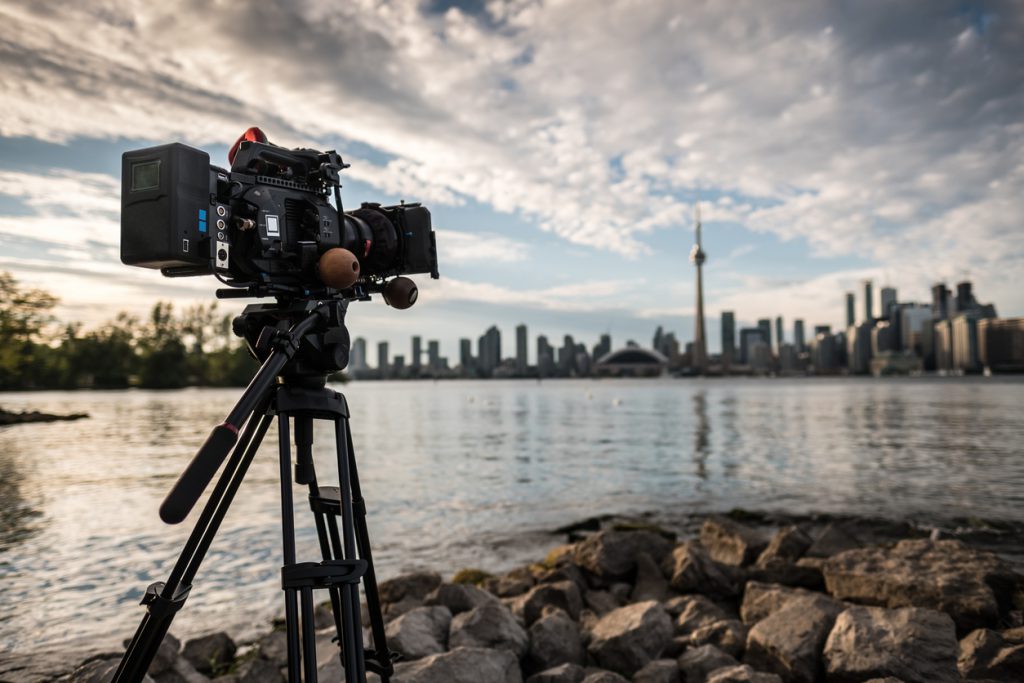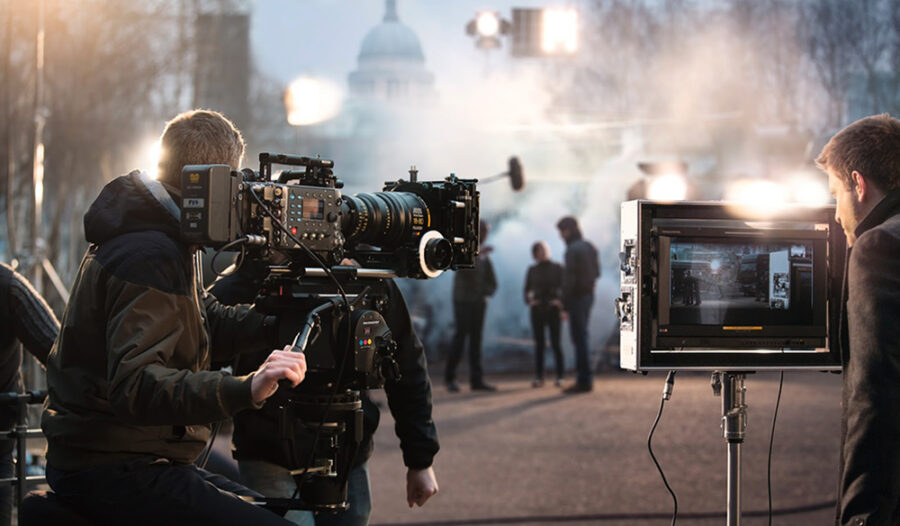
Tips for Student Filmmakers for Making Fabulous Short Films
Making short films is an interesting profession. It is the art of storytelling and conveying emotions.
As a student who wants to pursue filmmaking as a career, navigating the field can seem confusing at first.
There is very little guidance on how to become a professional filmmaker. Most students start filmmaking in the form of feature films and short films.
We have some tips on how you can attain success as a student filmmaker:

- Character Arc
Every film has a character arc for its characters. It portrays how the character goes through fundamental changes throughout the movie.
However, in the case of a short film, there is usually no character arc due to time constraints. There is a lot of interaction between the characters to keep the attention of the viewer and to make the story go forward.
In short films the main character retains its essential traits all through the script, only the situation changes.
- Screen Time = Storytime
The screen time of your movie is its run time. Make the screen time of the movie the same as the storytime. Try to portray the story in one continuous scene.
It wouldn’t be fair to the short film if you were unfolding a timeline that lasts days or months within a few minutes. Keeping the movie as one continuous scene helps keep the focus on the dialogues and characters.
It can be difficult to make movies as a student while you also have to submit assignments and papers in hand. If you’re unable to tackle both, look for online services and get someone to write a paper for you, so you can focus 100% on the film.

- Credits
A short film only needs a title at the beginning. All the actors, directors, cast and crew can be displayed at the end of the movie.
Mentioning the names of the cast and crew at the beginning of a short film can make the director seem inexperienced. It looks as though they don’t know the difference between a short film and a feature film.
- The Main Character
Be aware of your main character in the film. They deserve an elevated status when compared to the other characters.
Give the actor who plays the main character some power. You need to make sure the viewers care about the main character. If your main character is too weak or passive, he/she might get ignored by the audience.

- Opening Shots
Students new to making films tend to look for something beautiful or pretty for shooting the first shot, but the subject may not be otherwise very significant.
Remember, a good opening shot can grab the attention of your viewers. It also creates curiosity about the plot of the movie.
For instance, you can focus on the character’s eyes conveying a strong emotion. It’s better to introduce the characters at the beginning of the movie because there is less time in a short film.
- Viewer as a Part of Character Experience
Don’t spend too much time on the movement of characters from one situation to another. The audience wants to know what the characters are going through or feeling rather than where they are.
In a short film, try not to express the emotions of a character theatrically. Let the facial expressions be neutral. This way the audience has their own interpretation of what the character feels.

- Closure
Sometimes, too much importance is given to the beginning and the storyline of the film and the ending is abrupt and non-satisfactory. There must be a gradual movement of the movie to the end for viewers to experience closure.
Have a symbolic gesture or event for viewers to interpret the climax of the movie, so it feels complete even if your story ended abruptly.
Final Thoughts
Portraying emotions to an audience through one or two characters is not easy. The director of the movie must be just as skilled as the actors. The writing of the characters also plays an important role.
Short-film is an art form just like painting or photography. The more you practice shooting short-films, the better you’ll get at the art.



